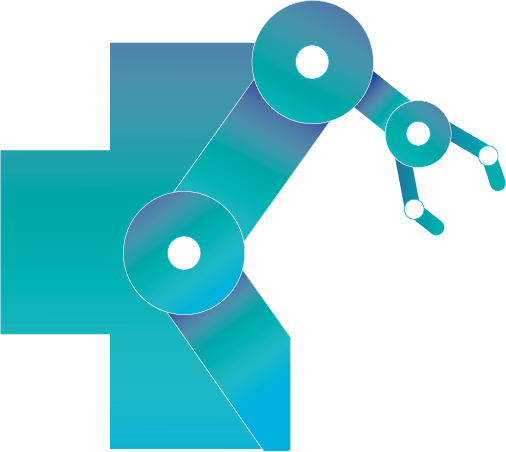Text by:
Fundación INTRAS
HosmartAI project is working under the premise that co-construction with stakeholders and citizens is the only way to develop a viable healthcare system accepted by end-users (patient-centered care delivery perspective). For this, a user-centered approach is being implemented with the application of participatory research methods throughout the Project’s lifetime. Using this method will enable the creation of HosmartAI solutions that are both scientific and practical to the end-user, to the benefit of both parties.
Highly related to this matter of co-creation is the report that the HosmartAI team worked on the past months in order to set the HosmartAI participatory methodology following a user-experience design approach and the initial user requirements. Within this work, the reader will be able to understand the hybrid participatory methodology based on design thinking, agile/scrum and lean, an introduction to the systematic approach for user requirements elicitation and analysis, and a first version of the community engagement analysis, the user stories, and the user requirements for the HosmartAI platform and each of the 8 pilots.
To obtain the user requirements and transform them into an adequate and optimized development plan for the different expected solutions that the HosmartAI consortium is developing we will perform different sprints counting with stakeholders’ involvement through a co-creation approach. Following discussions and contributions from the HosmartAI consortium, it was decided that a total of 3 to 4 sprints will be held, according to the project’s needs. The first two sprints will focus on the co-designing procedures to orient from a user and other stakeholders’ point of view the solutions concepts. The sprints that will follow will focus on continuing the co-creation path while already interacting with pieces of the technological solutions (to what we call a Minimum Viable Product) for initial interactions, discussion and refinements adequate to the users, the context of intervention, to obtain the best value from the investments in the new solutions, and finally the best value and best acceptance rate for future deployment and use.
The first sprint already started, with a user-centered approach and active involvement of the different interesting parts helping to empathize with the final beneficiaries of the solutions under development. This empathic approach will enable the team to better understand the users’ needs and in developing an accepted product. The creation of user stories allows this empathize process.
In respect to the user requirements extracted for the 8 pilots and for the HosmartAI platform, a total of 129 requirements was listed for further prioritization. This first set of user requirements presented in this report “D1.2 Stakeholders requirements and analysis report” will be continuously updated with end-users and other stakeholders’ reviews throughout the project.







